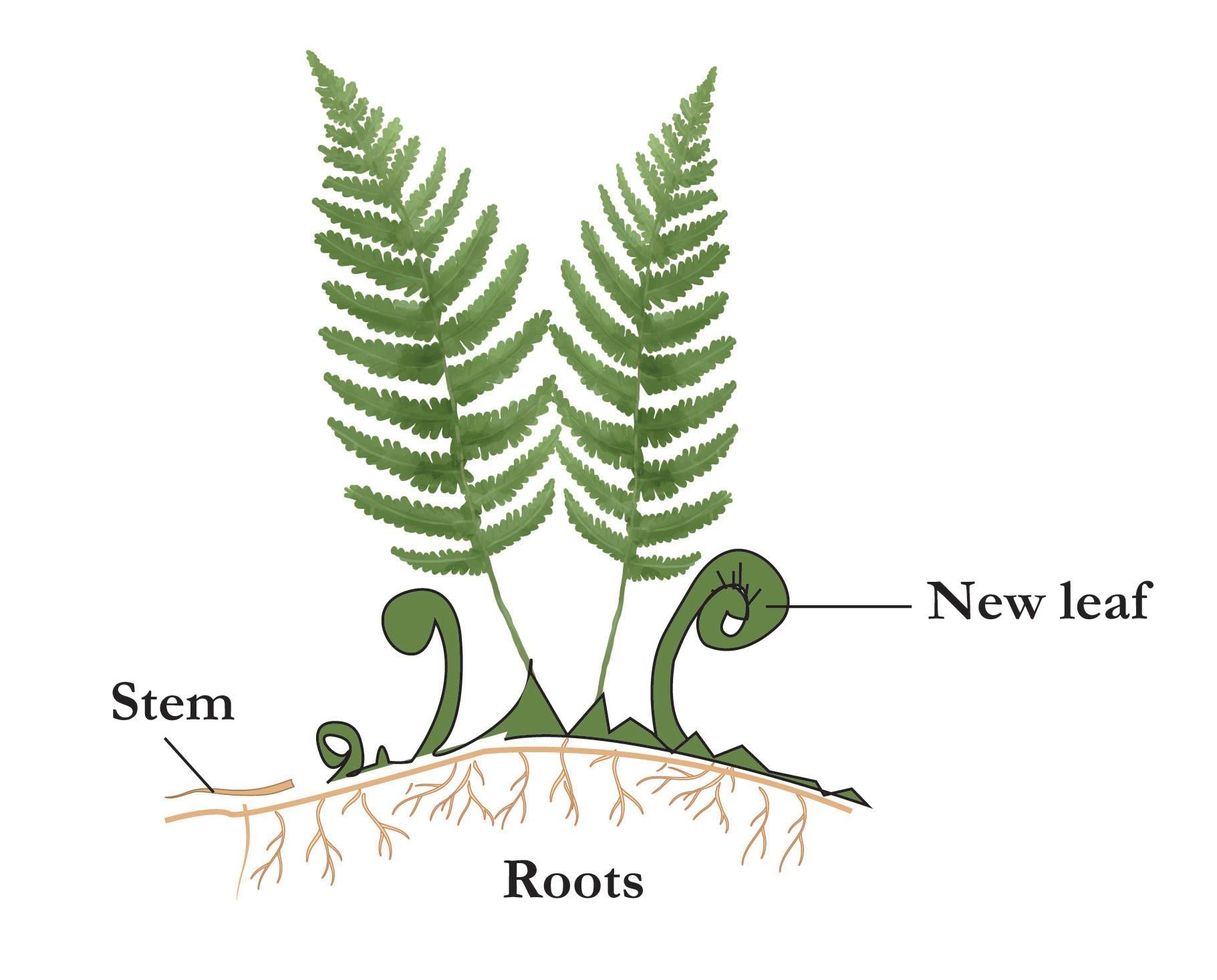
Which group of plants is known as vascular cryptogams
(a) Algae
(b) Fungi
(c) Pteridophytes
(d) Bryophytes
Answer
557.1k+ views
Hint: Vascular cryptogams refers to seedless vascular plants. It is distributed all over the world. This group includes primitive living and fossil vascular plants such as lycopods, horsetails, and ferns, which are represented by about 400 genera.
Complete answer:
Pteridophytes are vascular cryptogams, widely distributed all over the world. They are taxonomically intermediate between bryophytes and phanerogams. They possess a combination of features that are absent in bryophytes and phanerogams. Their most characteristic feature is the presence of independent gametophytes and sporophytes at maturity.

The plant body is a sporophyte, differentiated into root stem and leaves. The plant shows much variation in form, size, and habit. They range from annuals to large tree-like perennials. Most living plants are terrestrial, growing in moist shady places. But some are aquatic and few are Xerophytes. Primary roots are ephemeral and are soon replaced by adventitious roots. Roots have a permanent growing apex. With the exception of some woody ferns, most Pteridophytes have herbaceous stems with a prominent growing apex. Leaves are scaly, small and sessile, or large, petiolate and compound. Based on leaf structure they are classified into microphyllous and megaphyllous forms.
Additional Information:
-Sex organs of Pteridophytes include Archegonia or female organs and antheridia or male organs.
-Antheridia are generally sessile, with a single-layered jacket which encloses a mass of androgonial cells.
-In Pteridophytes the Archegonium consists of only the neck, center being absent. The neck usually projects from the surface of the prothallus.
So, the correct answer is '(c) Pteridophytes'.
Note: It contains one or two neck canal cells. Egg and center canal cells remain surrounded by the cells of the prothallus.
- Their vascular tissue of Pteridophytes consists of xylem and phloem; cambium is altogether absent.
- Vessels may be present in forms like selaginella, Equisetum, pterediun, etc. Phloem lacks companion cells.
Complete answer:
Pteridophytes are vascular cryptogams, widely distributed all over the world. They are taxonomically intermediate between bryophytes and phanerogams. They possess a combination of features that are absent in bryophytes and phanerogams. Their most characteristic feature is the presence of independent gametophytes and sporophytes at maturity.

The plant body is a sporophyte, differentiated into root stem and leaves. The plant shows much variation in form, size, and habit. They range from annuals to large tree-like perennials. Most living plants are terrestrial, growing in moist shady places. But some are aquatic and few are Xerophytes. Primary roots are ephemeral and are soon replaced by adventitious roots. Roots have a permanent growing apex. With the exception of some woody ferns, most Pteridophytes have herbaceous stems with a prominent growing apex. Leaves are scaly, small and sessile, or large, petiolate and compound. Based on leaf structure they are classified into microphyllous and megaphyllous forms.
Additional Information:
-Sex organs of Pteridophytes include Archegonia or female organs and antheridia or male organs.
-Antheridia are generally sessile, with a single-layered jacket which encloses a mass of androgonial cells.
-In Pteridophytes the Archegonium consists of only the neck, center being absent. The neck usually projects from the surface of the prothallus.
So, the correct answer is '(c) Pteridophytes'.
Note: It contains one or two neck canal cells. Egg and center canal cells remain surrounded by the cells of the prothallus.
- Their vascular tissue of Pteridophytes consists of xylem and phloem; cambium is altogether absent.
- Vessels may be present in forms like selaginella, Equisetum, pterediun, etc. Phloem lacks companion cells.
Recently Updated Pages
The number of solutions in x in 02pi for which sqrt class 12 maths CBSE

Write any two methods of preparation of phenol Give class 12 chemistry CBSE

Differentiate between action potential and resting class 12 biology CBSE

Two plane mirrors arranged at right angles to each class 12 physics CBSE

Which of the following molecules is are chiral A I class 12 chemistry CBSE

Name different types of neurons and give one function class 12 biology CBSE

Trending doubts
One Metric ton is equal to kg A 10000 B 1000 C 100 class 11 physics CBSE

What is 1s 2s 2p 3s 3p class 11 chemistry CBSE

Discuss the various forms of bacteria class 11 biology CBSE

State the laws of reflection of light

Explain zero factorial class 11 maths CBSE

An example of chemosynthetic bacteria is A E coli B class 11 biology CBSE




